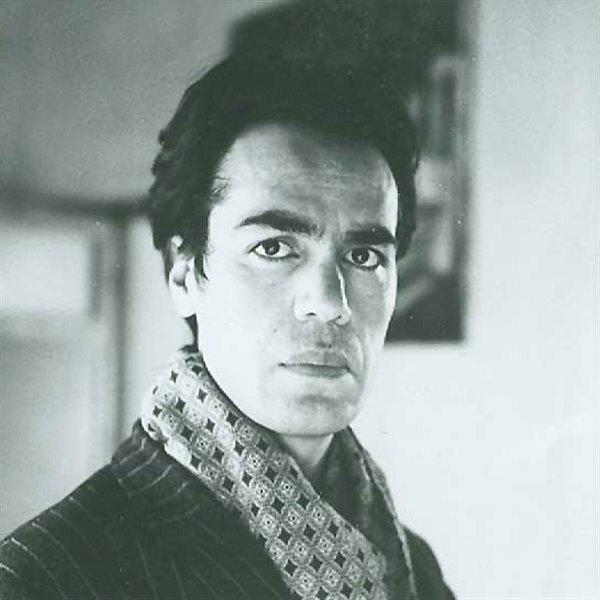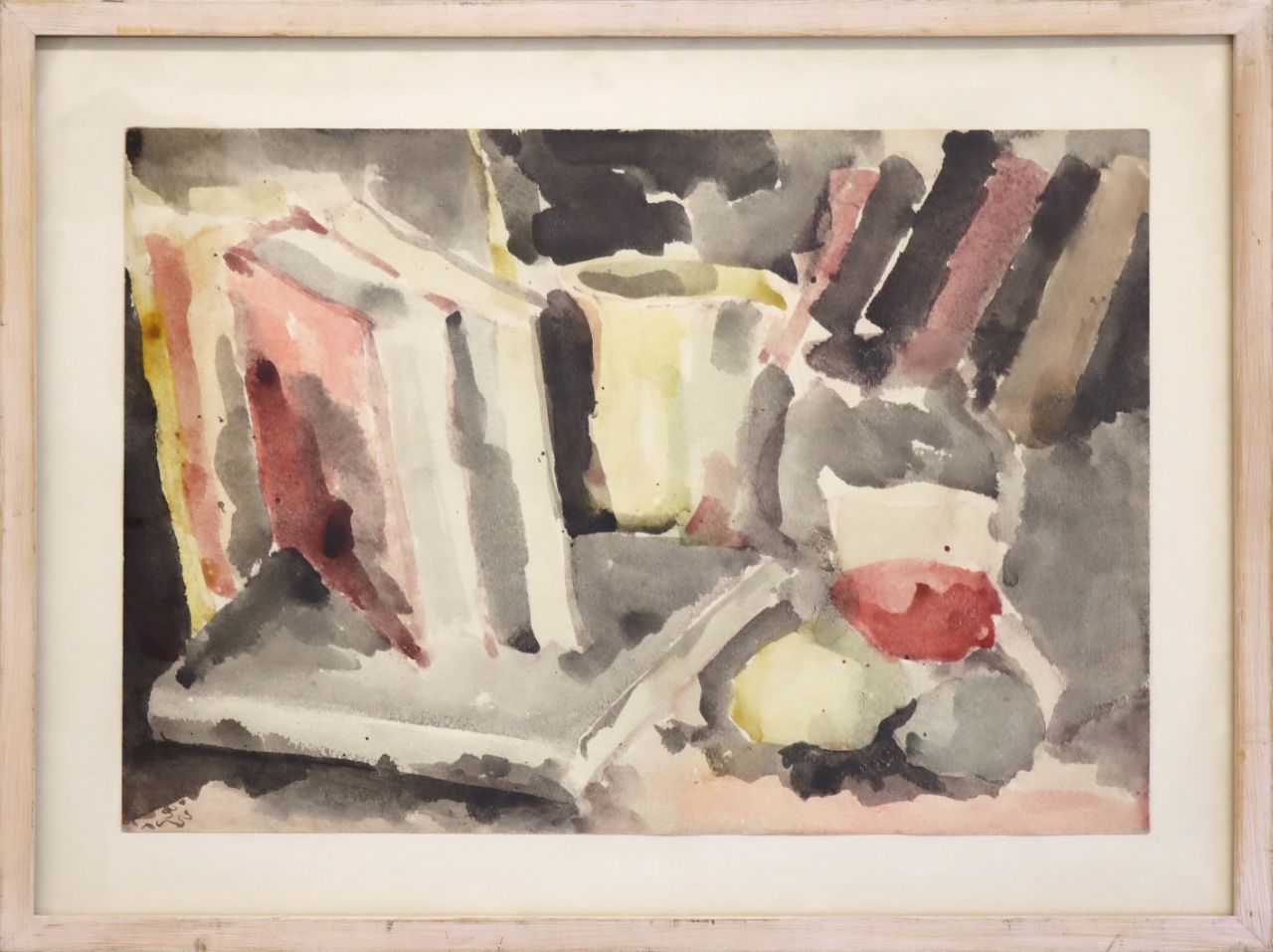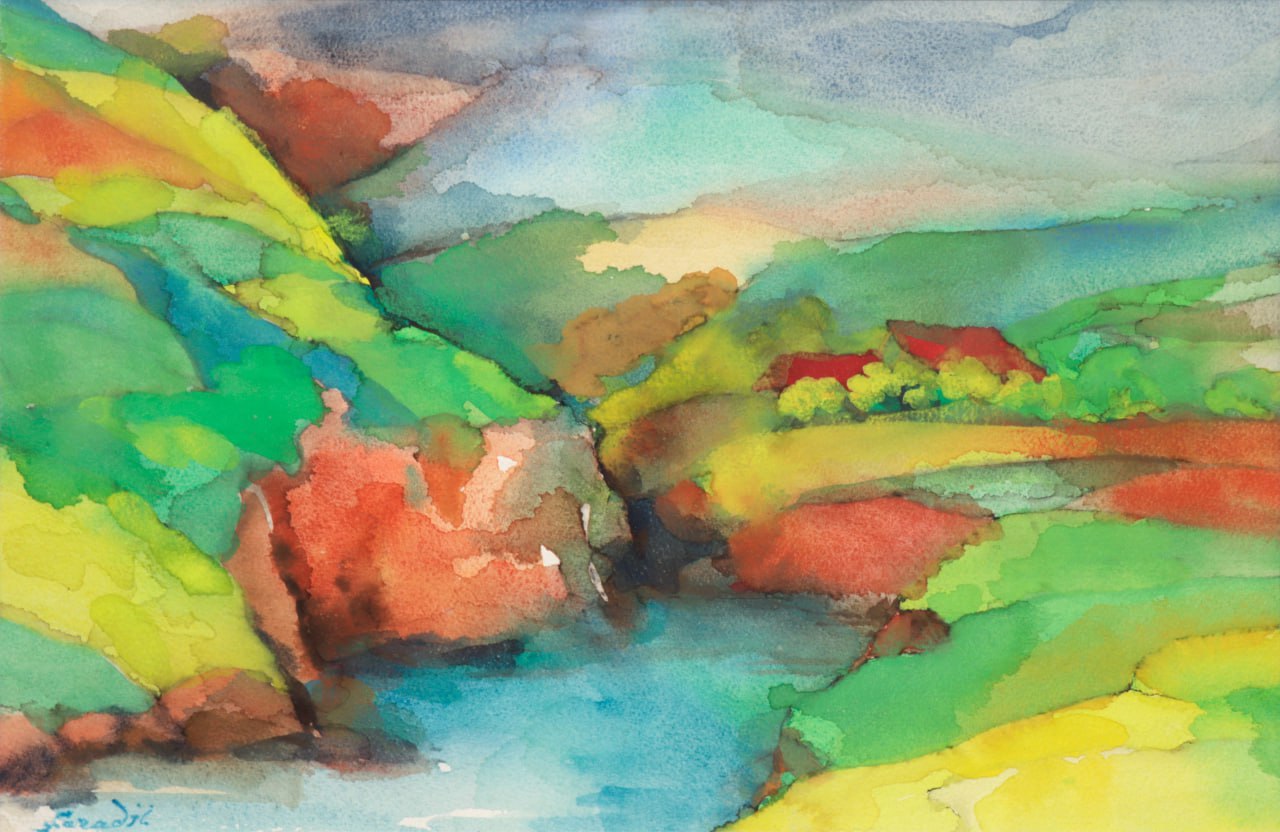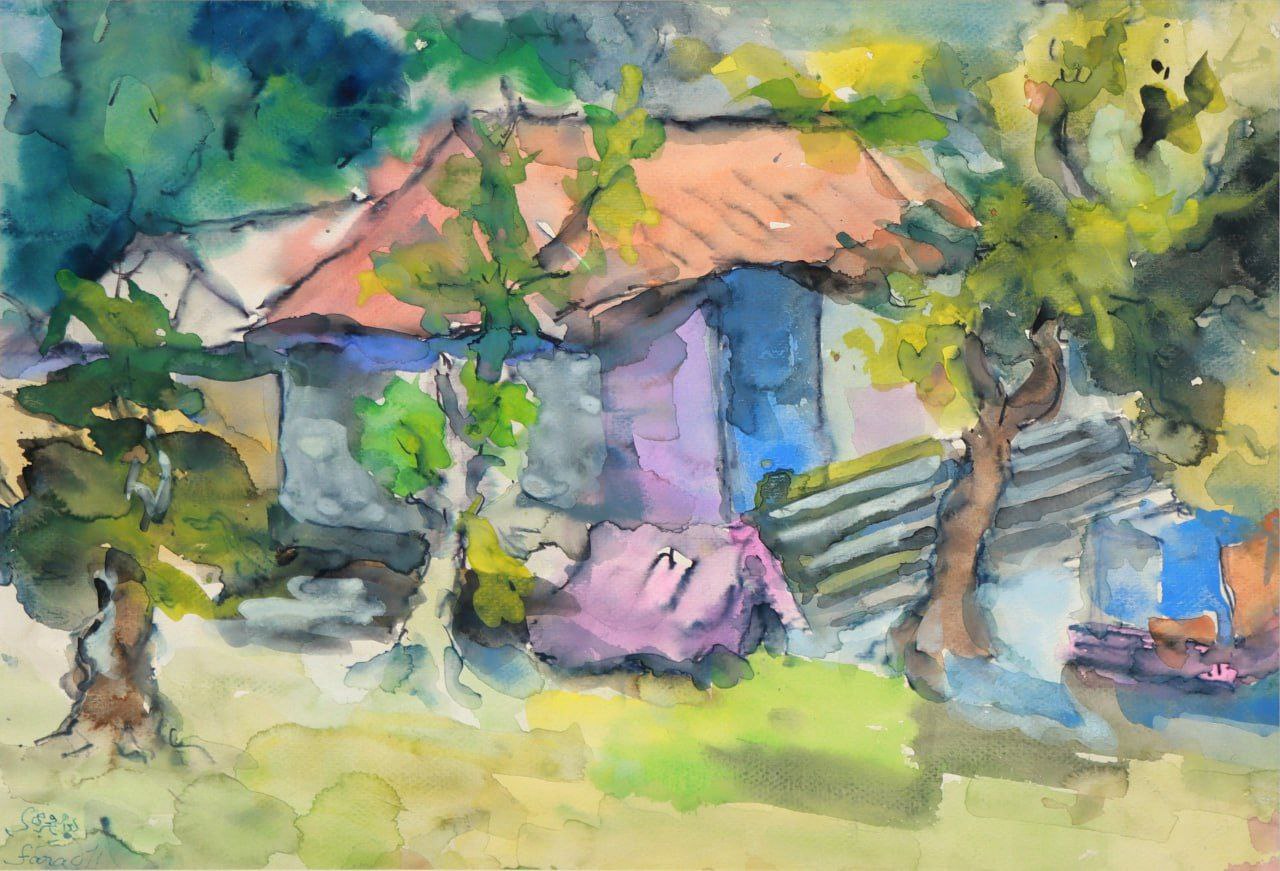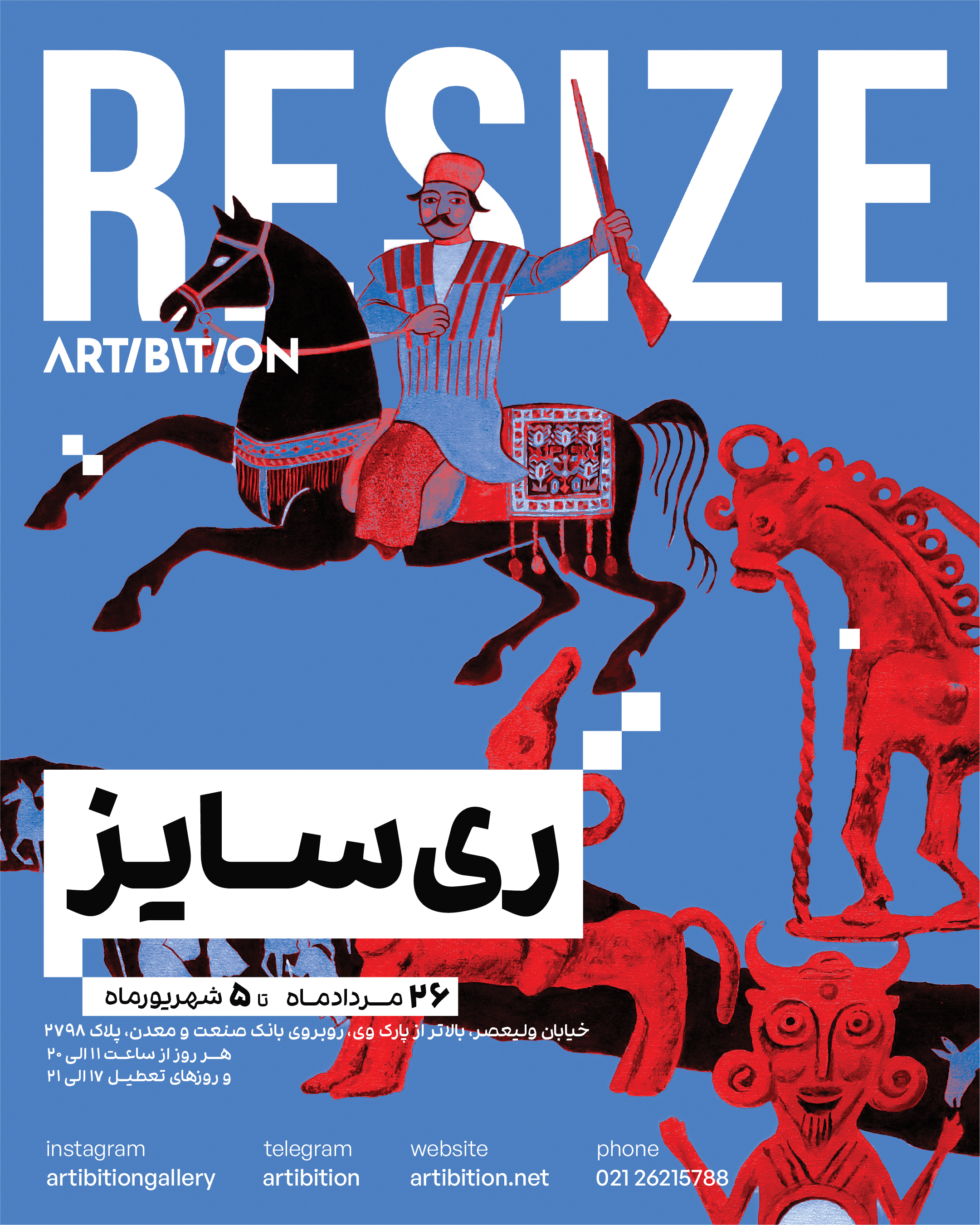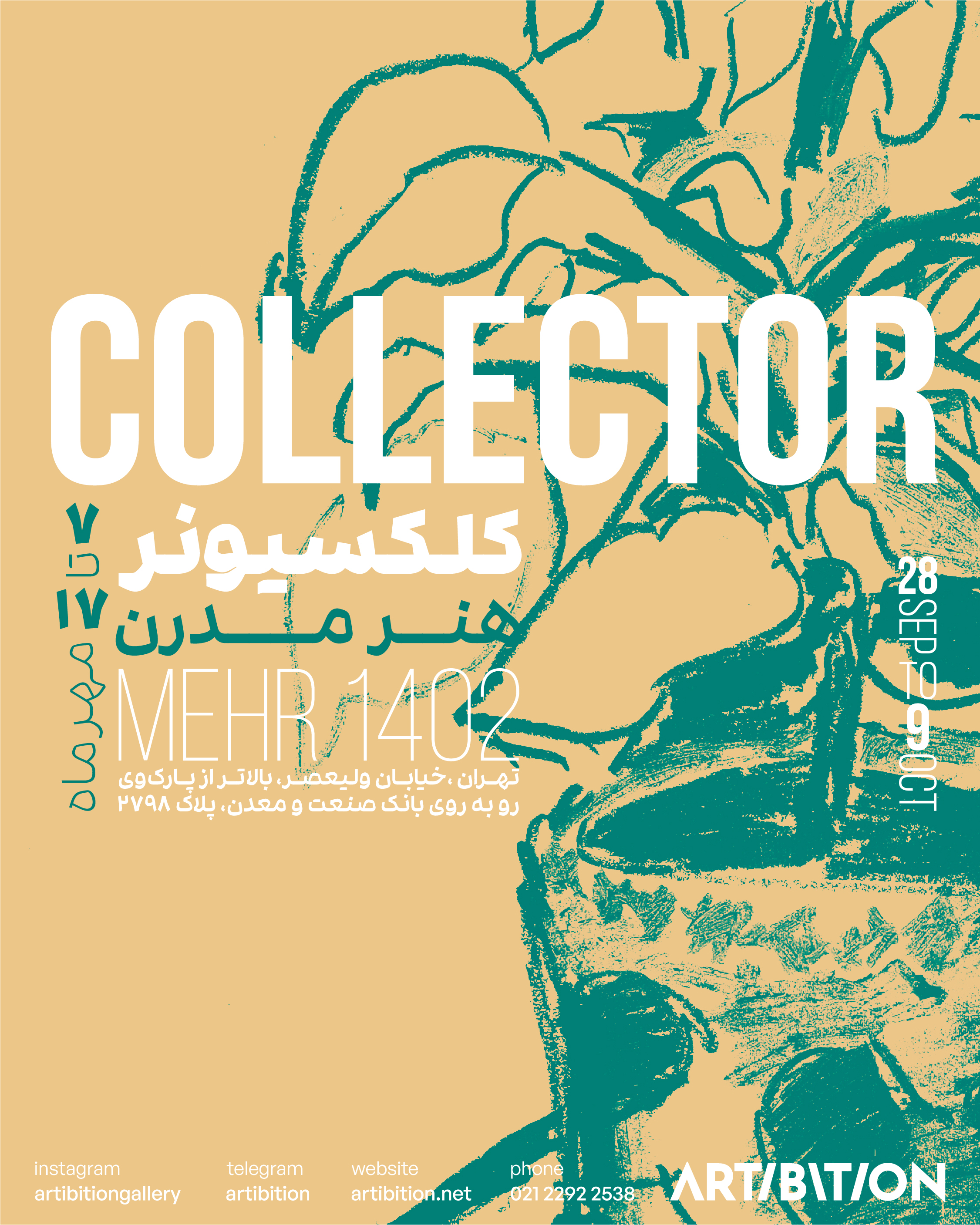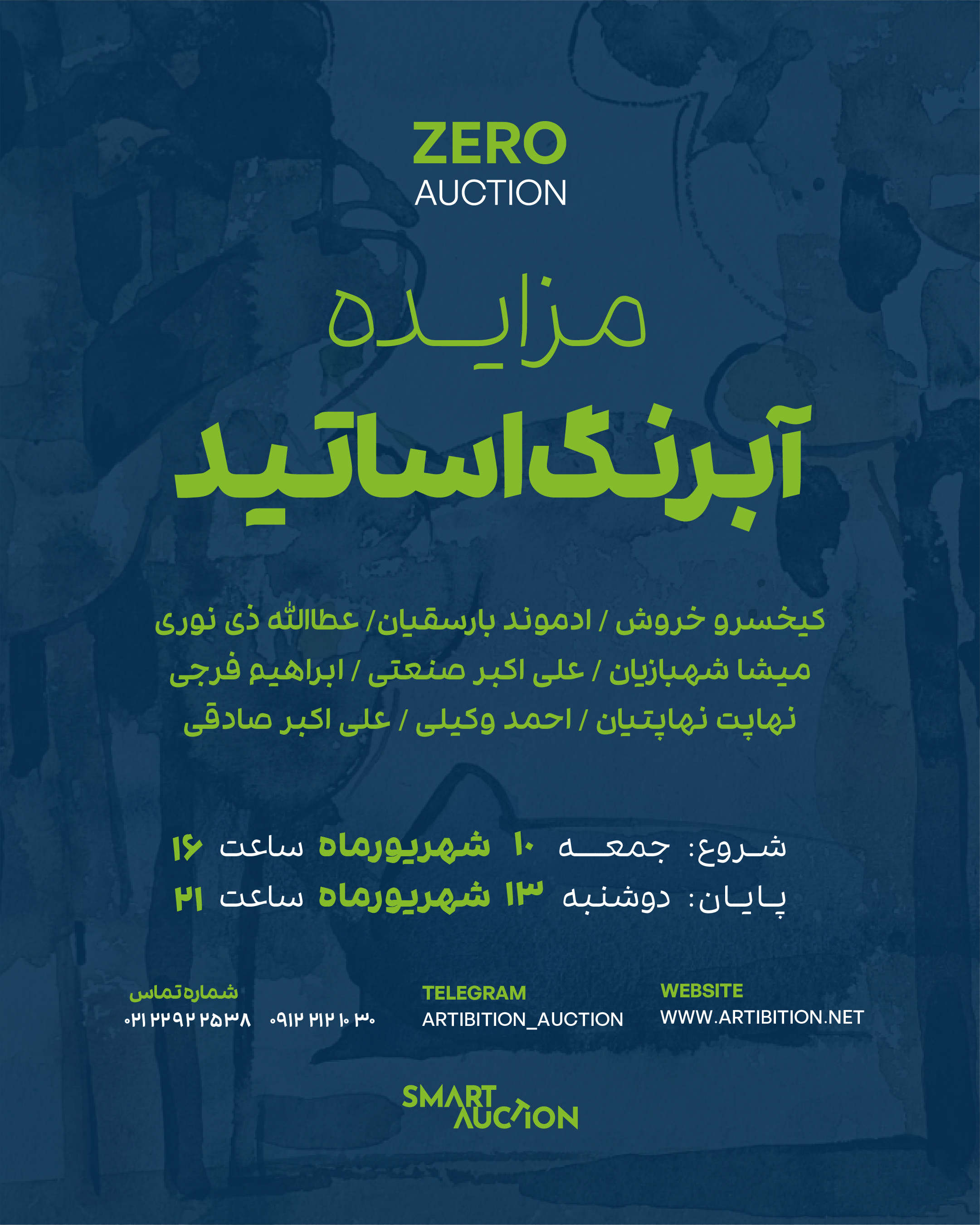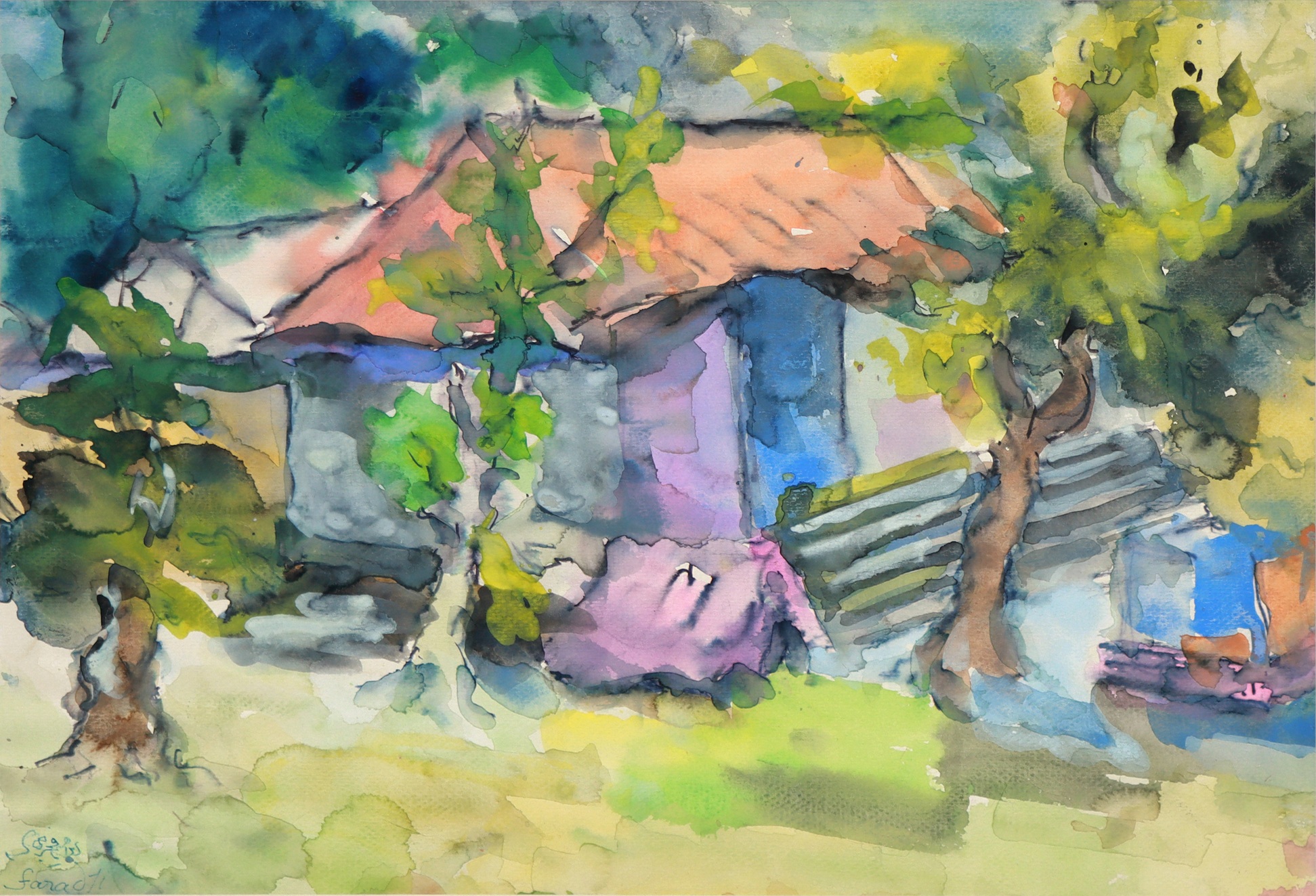
Ebrahim Faraji (1938–2004) was an Iranian painter, filmmaker, and art educator born in Tehran. He studied cinematography at the Faculty of Dramatic Arts. In the mid-1960s, he began painting by attending extracurricular classes at the university. His first exhibition was held in 1965 at the same institution. His first solo exhibition in a professional setting took place in 1971 at Seyhun Gallery. He also exhibited at Sullivan Gallery. In 1974, he participated in group exhibitions during the 7th Asian Games in Tehran and other group exhibitions. In 1977, he traveled to France for further training. After the 1979 revolution, Faraji balanced his work in cinema and painting with teaching art. He taught at the Tehran School of Fine Arts for Boys and Girls and served as the principal of Kamal-ol-Molk School from 1994 to 2004. In 2007, a tribute was held for him at the Tehran School of Fine Arts for Boys, where his works were displayed. He also worked as an art consultant at the Ministry of Culture and Islamic Guidance. Throughout his career, Faraji experimented with various styles, often exploring post-impressionist tendencies in his works. His brushstrokes and color choices ranged from Impressionism to Fauvism. Some of his paintings even showed surrealist influences; for instance, in a self-portrait, he depicted himself holding Salvador Dalí's severed head. A significant portion of his works consists of self-portraits, often showing him in his studio with painting tools. He also created still life and landscape paintings using watercolor techniques. In cinema, Faraji made short films and participated in festivals. Notable among his works are "The Magic Machine" and "Visual Researches." He passed away in 2004 at the age of 66.
Resume
Solo Exhibitions
1965 – First Solo Exhibition at College
1971 – Solo Exhibition, Seyhoon Gallery, Tehran
1973 – Exhibition, Sullivan Gallery, Tehran
2014 – Retrospective of Ebrahim Faraji’s Works, Tarahan Azad Gallery, Tehran
2015 – Exhibition and Tribute to Master Ebrahim Faraji, Boys’ School of Fine Arts, Tehran
2015 – 48th Art Research Session in Memory of Ebrahim Faraji, Sharif-Abadi Gallery, Tehran
2017 – Solo Exhibition, Retrospective of the Artist’s Works, Hoor Gallery, Tehran
Selected Group Exhibitions
2017 – Second Anniversary of Negar Gallery, Negar Gallery, Tehran
2018 – Third Anniversary Celebration of Negar Gallery, Negar Gallery, Tehran
2018 – Collector, Artibition Gallery, Tehran
2019 – Negar Treasury, Negar Gallery, Tehran
2019 – Kama Chin, Baroque Gallery, Tehran
2019 – Two Views, Two Frames, Negar Gallery, Tehran
2019 – Me, Kabood Atelier Gallery, Tabriz
2019 – Khebreh Negar, Negar Gallery, Tehran
2019 – Me, Emrooz Gallery, Isfahan
2020 – Masters of Iranian Art, Negah Gallery, Tehran
2021 – Portrait in Contemporary View, Zhaleh Gallery, Tehran
2021 – Tenth Collector, Artibition Gallery, Tehran
2021 – Bengar, Negar Gallery, Tehran
2021 – Forsat, House of Artists of Iran, Tehran
2021 – Archive 2, Artibition Gallery, Tehran
2021 – Seir, H Gallery, Tehran
2022 – Khebreh Negar, Negar Gallery, Tehran
2023 – Resize, Artibition Gallery, Tehran
2023 – Lotfi; Intersection and Celebrities 3, Goyeh Gallery, Tehran
2023 – Modern Collector, Artibition Gallery, Tehran
2023 – Me, Myself, I, Asr Gallery, Tehran
2025 – Recovery / Series 7, Nian Gallery, Tehran

